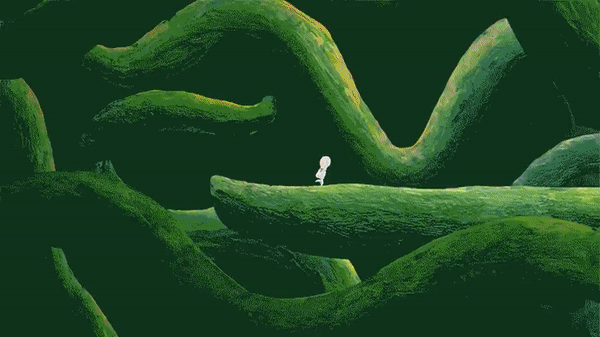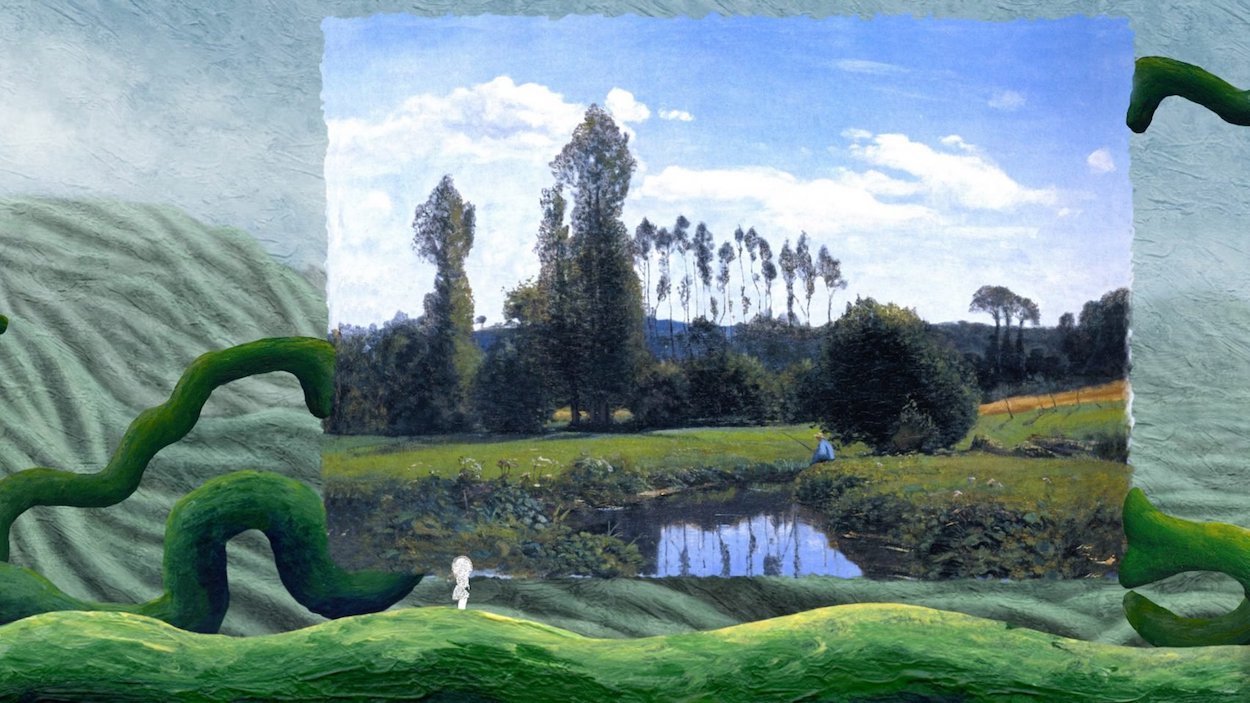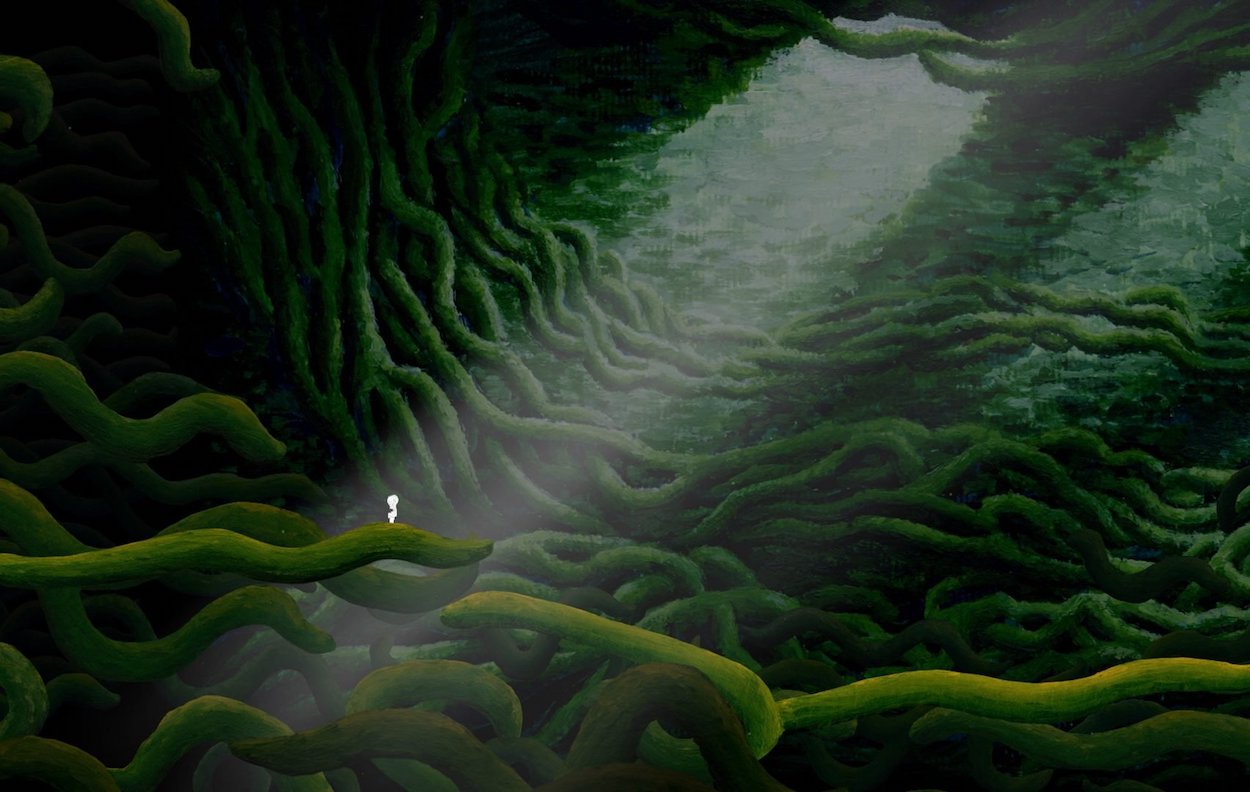Close-ups of eyes may strike some as a cliché photography trope, but the transfixing work of Suren Manvelyan immediately got painter-turned-graphic-designer Pat Naoum thinking about how to translate the inner workings of irises into a video game set inside them. “I started to wonder whose eye it could be, and how the game could span their lifetime,” he says. He tinkered with his own fictional characters at first, but soon Claude Monet sprung to mind. The French artist’s idyllic paintings would make for memorable scenery, and later in life he developed cataracts that caused his right eye to go blind.
Such forms the premise of The Master’s Pupil, a newly released puzzle-adventure video game on Steam and the Nintendo Switch. Players wander through the intricacies of Monet’s iris rendered as painterly, multi-layered platform worlds, solving mesmerizing puzzles by rolling balls and color mixing in order to help the artist complete his own paintings, which are uncovered as backdrops throughout. Unlike recent video games that rely on high-fidelity 3D animations to immerse players inside, most of The Master’s Pupil’s realism stems from each level’s rich textures that evoke Monet’s brushstrokes rendered inside the screen.



